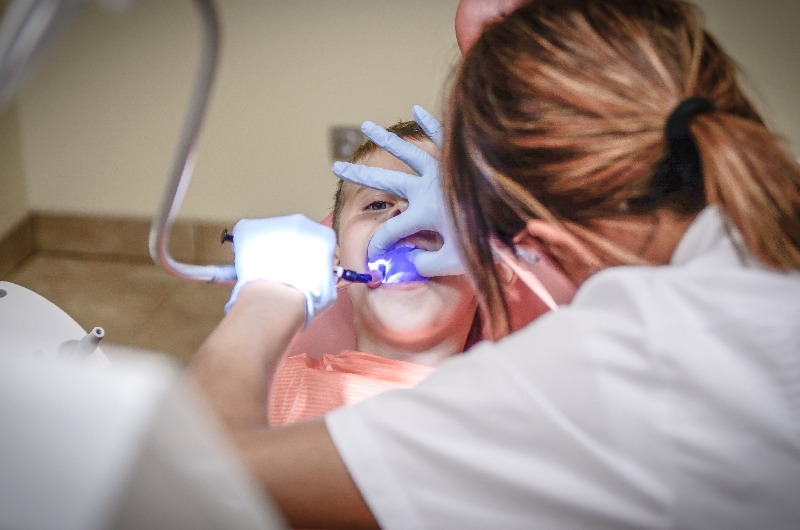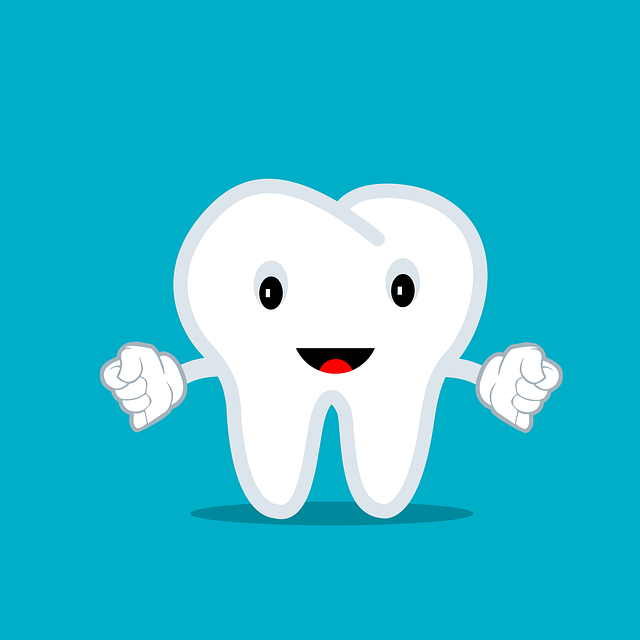Appearance Of Teeth in Children

When parents come to dental clinics and enquire about the cause of their children’s teeth staining, the dentist first decides if the reason is internal or external. There are quite a few reasons for internal staining. In case the mother has taken “tetracycline during her pregnancy, the child’s teeth can appear dark. In case medications containing iron have been used during pregnancy it can also stain a child’s teeth. Besides too much fluoride use in children can cause bright white spots. At times a soft green shade is noticed in teeth if the child had jaundice after birth. Other infections, for example, children’s heart sickness, link to staining.
Tooth Discoloration
While teeth are budding, sickness can result in a white, yellow, or brown tinge – that is most rampant on the upper central incisors and first molars. When the situation is negligible, it appears as white marks near the biting surface. In more reasonable cases, the marks are habitual “water variable”, meaning if the tooth desiccates, the part will be more perceptible. White marks that are bigger and unyielding will likely necessitate being disconnected by the dentist and the imperfect part filled with a cosmetic filling material. Yellow or brown spots can often become less perceptible by bleaching.
If your child undergoes a high fever for a long-lasting time prior to the age of 10, some annoyance to the permanent dentition might have taken place. When the adult teeth turn up, there may be spots noticeable on the teeth that were created on the tooth buds at the time of the infectivity. The enamel’s firmness may have been lowered because of the fever, making teeth more inclined to dental caries. If the dentist notices these lines during your child’s dental assessment, he may reconsider their cause and go over treatment.
What Causes Stains on Children’s Teeth?

There are quite a few external factors that can blemish your child’s teeth. If dental brushing and flossing are not sufficient, then a remainder of plaque sits on the teeth, which can lead to a yellow stain. Certainly, our considerate dentists will be happy to check the best pediatric dental home care practices with your child. If your child has fallen down, the upper incisor front teeth can promptly turn pink or grey because of sluggish dried-up blood. Some of these teeth can continue until they naturally fall out around age 8 or 9, while others may necessitate deletion. Of course, your dentist will make out the best course of action.
It is fairly common for parents to enquire if their child’s gums can be contoured as they feel their child’s smile confirms too much “gum” and not enough tooth. Some children in fact have more gum tissue than others, giving them the look of a gluey smile.
Other children’s gums are more biased and angular instead of having a more aesthetic appearance. There is generally no need to be anxious. Children have a plentiful amount of gum tissue in which the surplus starts to recede in the teenage years.
The biologically common lowering of the gum at this time is called an unreceptive outbreak. Nevertheless, in 10% of people, this practice does not occur, and it stays covering some of the tooth crowns. Considering this, your dentist may suggest in most situations to wait on any gum contouring until after age 16. At MyDentistBurbank. Dr. Sahakyan can do any contouring with nominal uneasiness. In the process, it is precisely and gently cut and coagulated simultaneously.
Burbank Tooth Appearance
Worried about the look of teeth in children; visit us at MyDentistBurbank. Call us today at 8185782332 to book an appointment with Dr. Sahakyan, your Dentist
Burbank.


